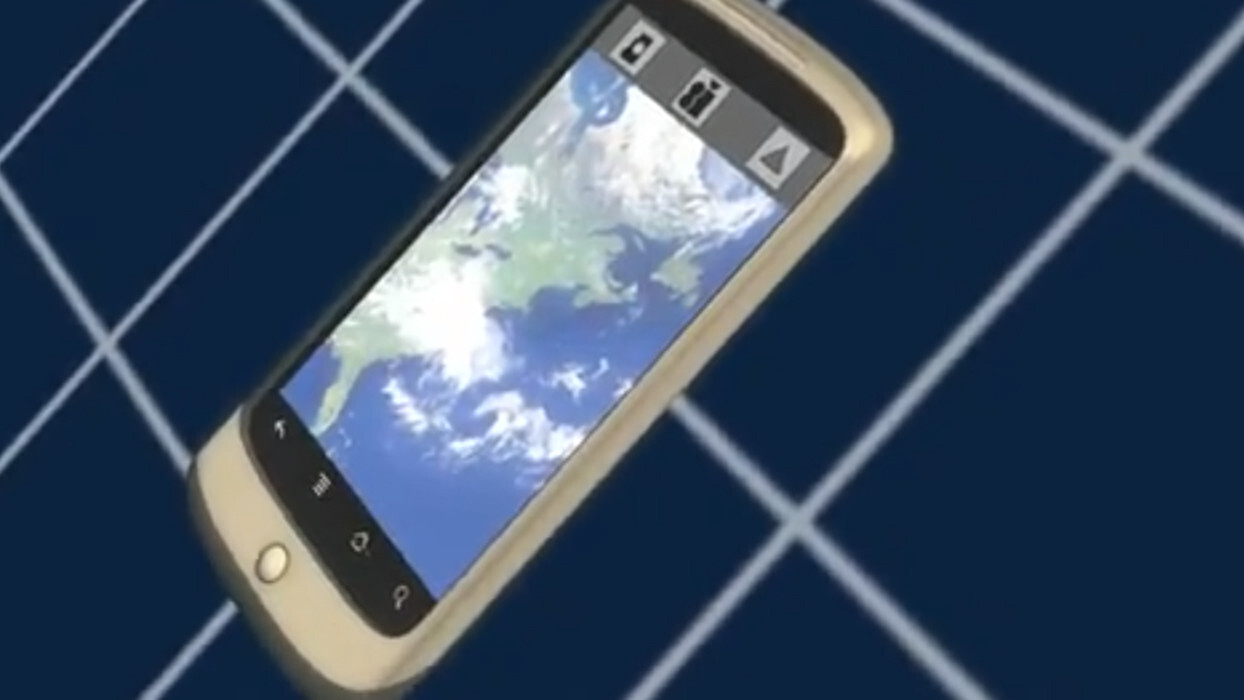
The University of Surrey’s Space Centre (SSC) and Surrey Satellite Technology Limited (SSTL) are set to send a smartphone into orbit on February 25.
The satellite is called the Surrey Training, Research and Nanosatellite Demonstrator or ‘STRaND-1’. It’s a 30cm CubeSat, which is a very small satellite designed for space research.
On the 25th, it will be launched into a 785km orbit on the Indian Space Research Organisation’s (ISRO) Polar Satellite Launch Vehicle from Sriharikota, India.
Space research, there’s an app for that
STRaND-1 contains a Google Nexus One smartphone with Android OS. SSC and SSTL say that the smartphone holds technologies and features that are useful for the satellite, including cameras, radio links, accelerometers and high performance computer processors.
During the first phase of its mission, the STRaND-1 will use experimental ‘apps’ to collect data and a new high-speed linux-based CubeSat computer developed by SSC will take care of the satellite.
To find the apps that will be running on the Nexus One, the STRaND team ran a Facebook competition and four apps made it through the selection process. iTesa will record the magnitude of the magnetic field around the phone during orbit. STRaND Data is an app that will show satellite telemetry on the smartphone’s display to enable new graphical telemetry to interpret trends.
Postcards from Space and 360 were joint winners and will provide an app that takes images using the smartphone’s camera and establish STRaND-1’s position using technology onboard the satellite.
The Scream in Space app uses the smartphone’s speakers testing the theory from the ‘Alien’ film which famously claims that “In space, no one can hear you scream“. The app allows the public to upload videos of themselves screaming and the most popular videos will be played on the phone while it is in orbit.
During phase two, the team plans to test the capabilities of standard smartphone components in space. The satellite will be commissioned and operated from the SSC’s ground station at the University of Surrey.
Not only will this be one of the first Google Nexus One smartphones to enter the heavens this way, there will be other new technologies to break boundaries. The amusingly named WARP DRiVE (Water Alcohol Resistojet Propulsion Deorbit Re-entry Velocity Experiment) and electric Pulsed Plasma Thrusters (PPTs) will also be flying on a nanosatellite for the first time.
Dr Chris Bridges, SSC’s lead engineer on the project, is clearly excited about the work. He says that sending a smartphone this far is not without its challenges though:
“A smartphone on a satellite like this has never been launched before but our tests have been pretty thorough, subjecting the phone to oven and freezer temperatures, to a vacuum and blasting it with radiation. It has a good chance of working as it should, but you can never make true design evolutions or foster innovation without taking a few risks: STRaND is cool because it allows us to do just that.”
Androids in space
This is not the first time that Google’s Nexus technology has been sent skyward. In 2010, Google sent a Nexus S into near space and proved that much of the technology could withstand the challenging environment.
NASA too has been working with Android technology in its nanosatellites, testing its Phonesat 0.1 with a Nexus One in various extreme environments like thermal-vacuum chambers, vibration and shock tables, sub-orbital rocket flights and high-altitude balloons.
NASA’s Phonesats 0.1 and 0.2 are set to launch aboard the maiden flight of Orbital Sciences Corporation‘s Antares rocket this year.
Likely to be more useful than the 12-year-old girl who recently sent her Hello Kitty doll to a height of more than 93,000 feet on a rocket, but just as cool. It would be interesting to see the data charges for a Nexus One in space, depending on the carrier, it’s probably equitable to leaving your connection on for a two-week vacation overseas.
Check out the videos below for an illustration of how the satellite should work.
Get the TNW newsletter
Get the most important tech news in your inbox each week.



